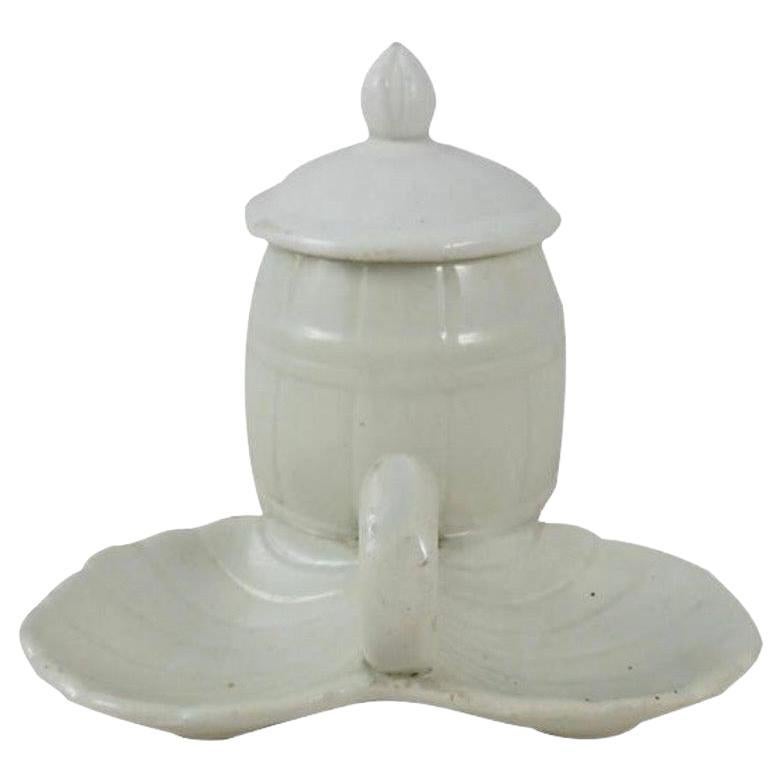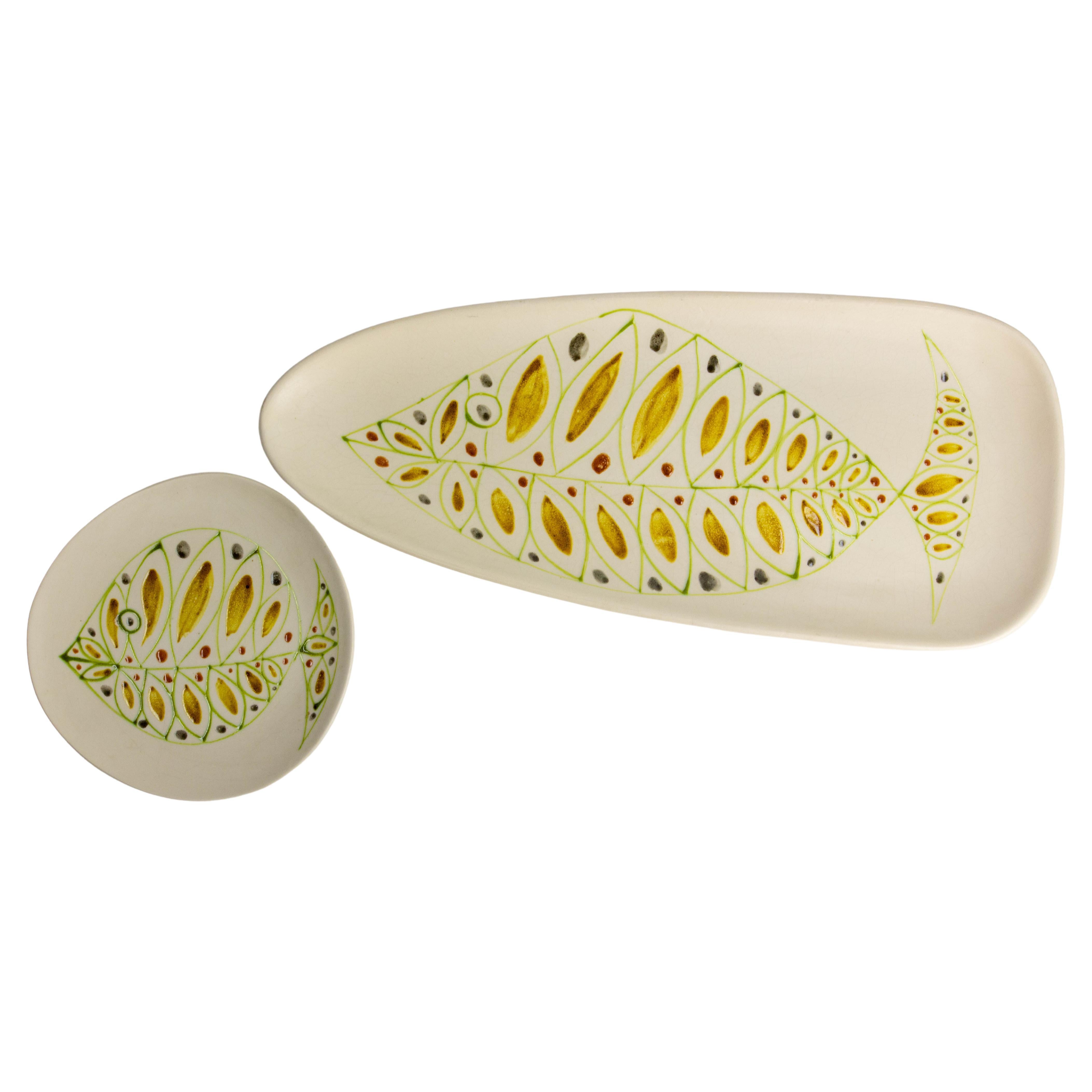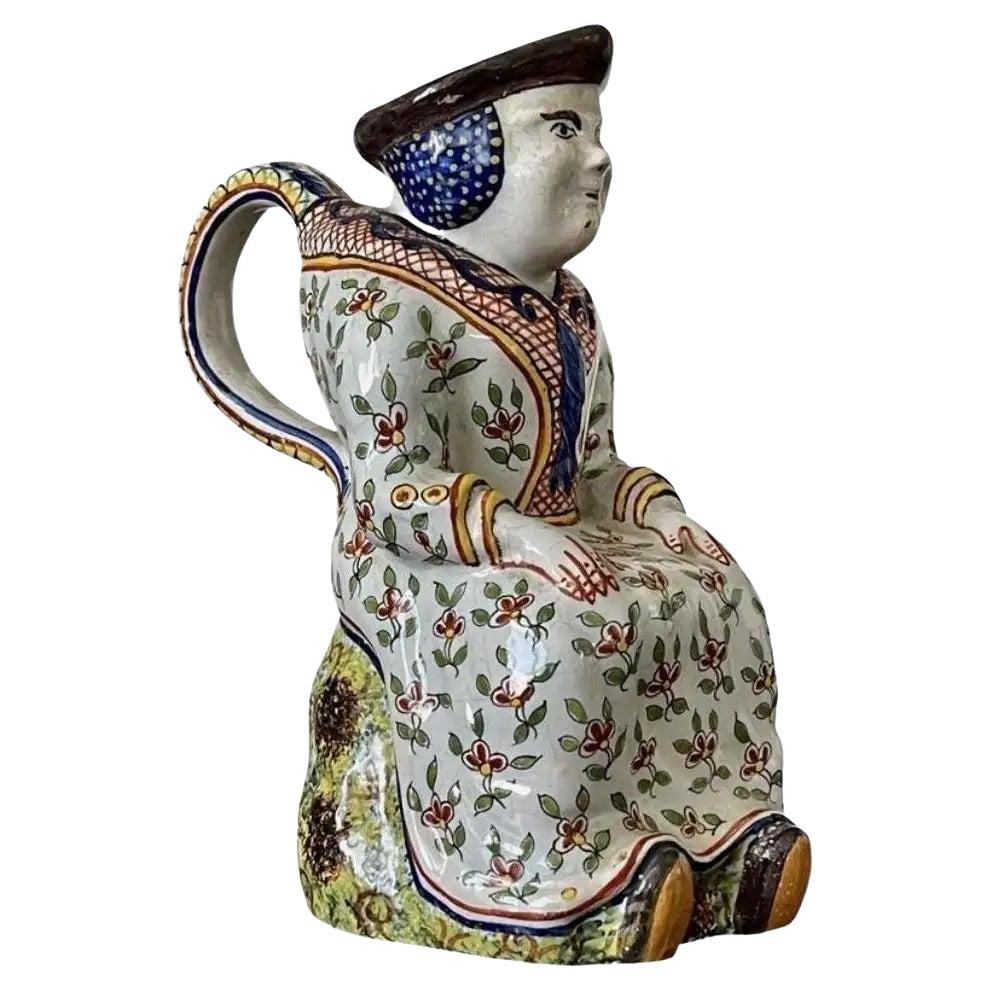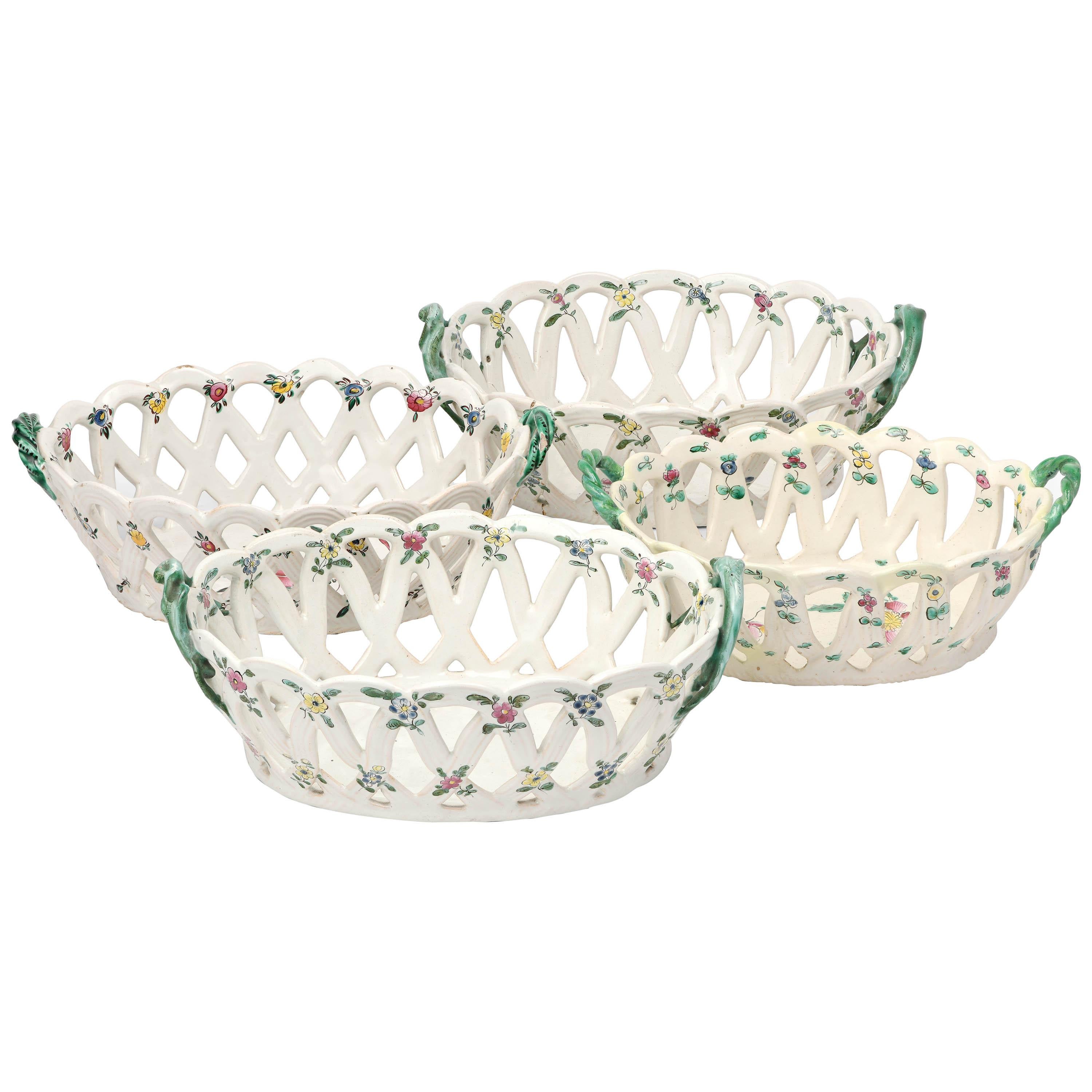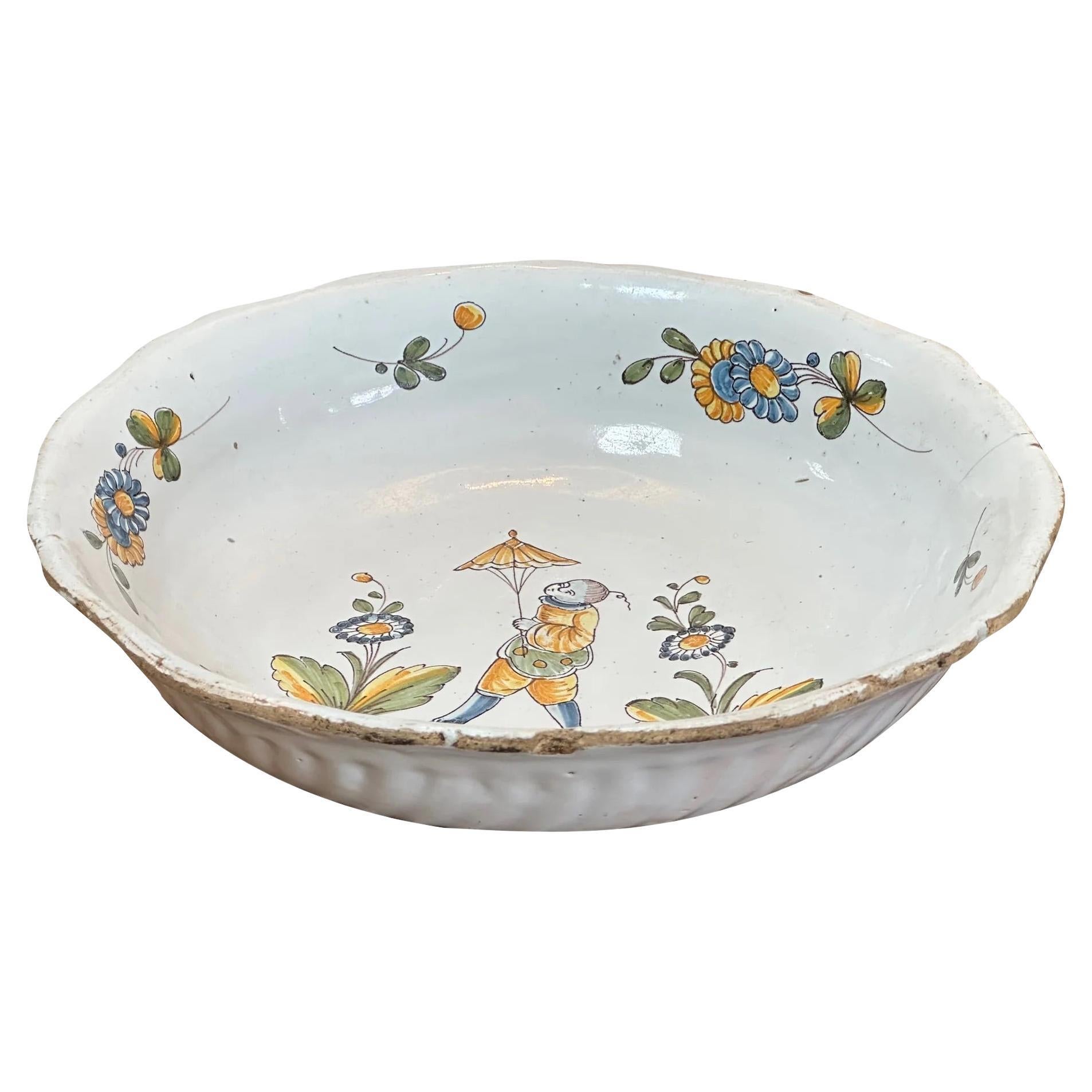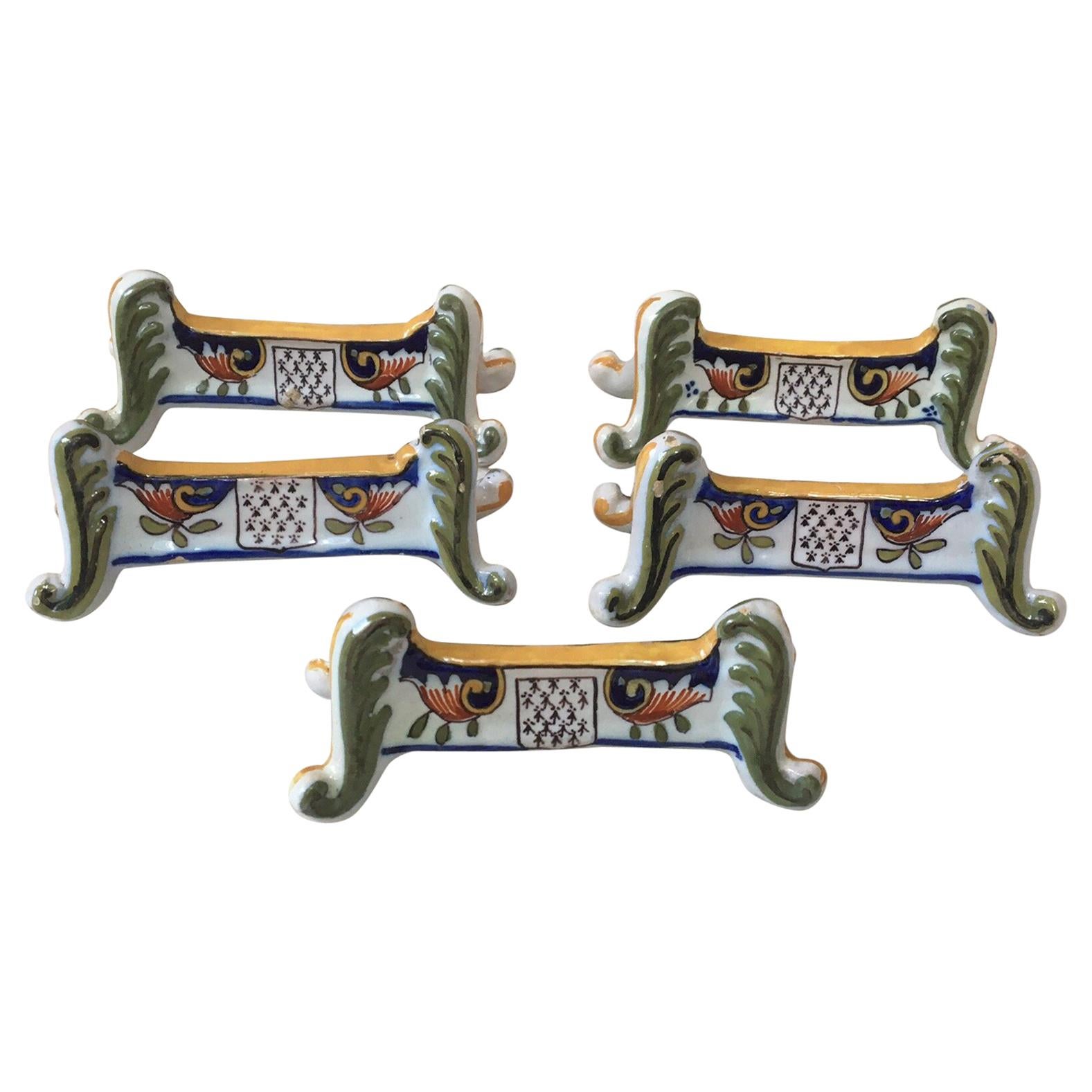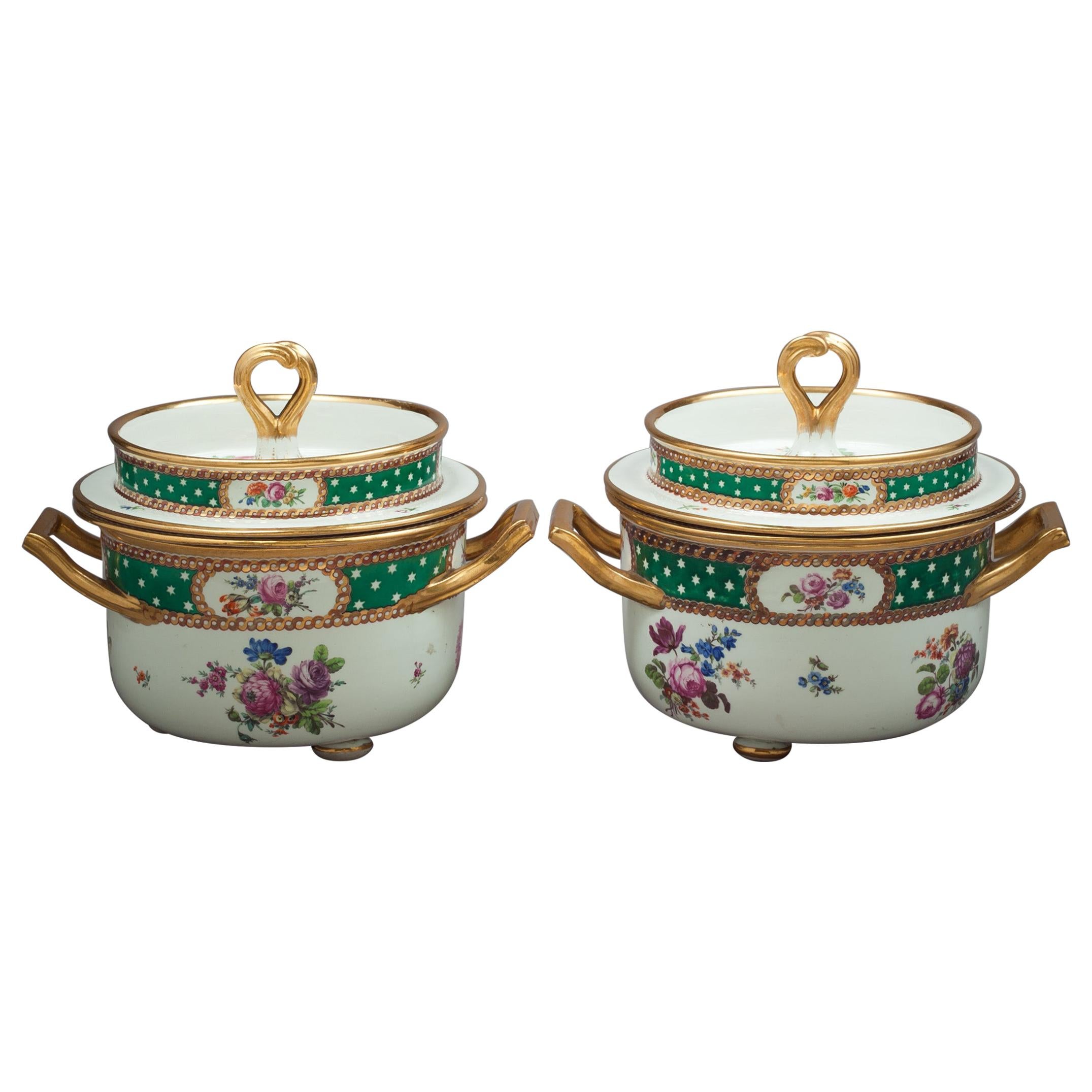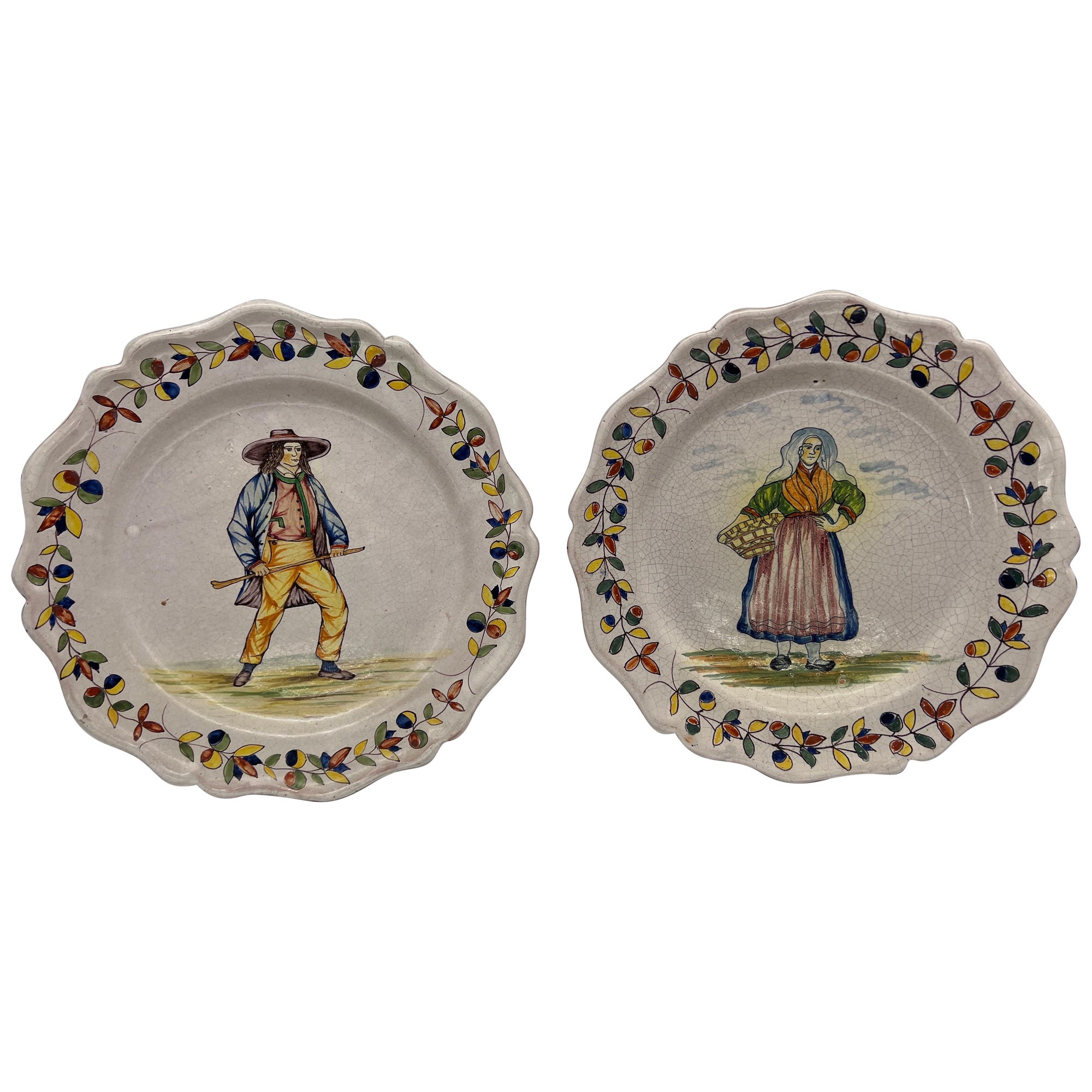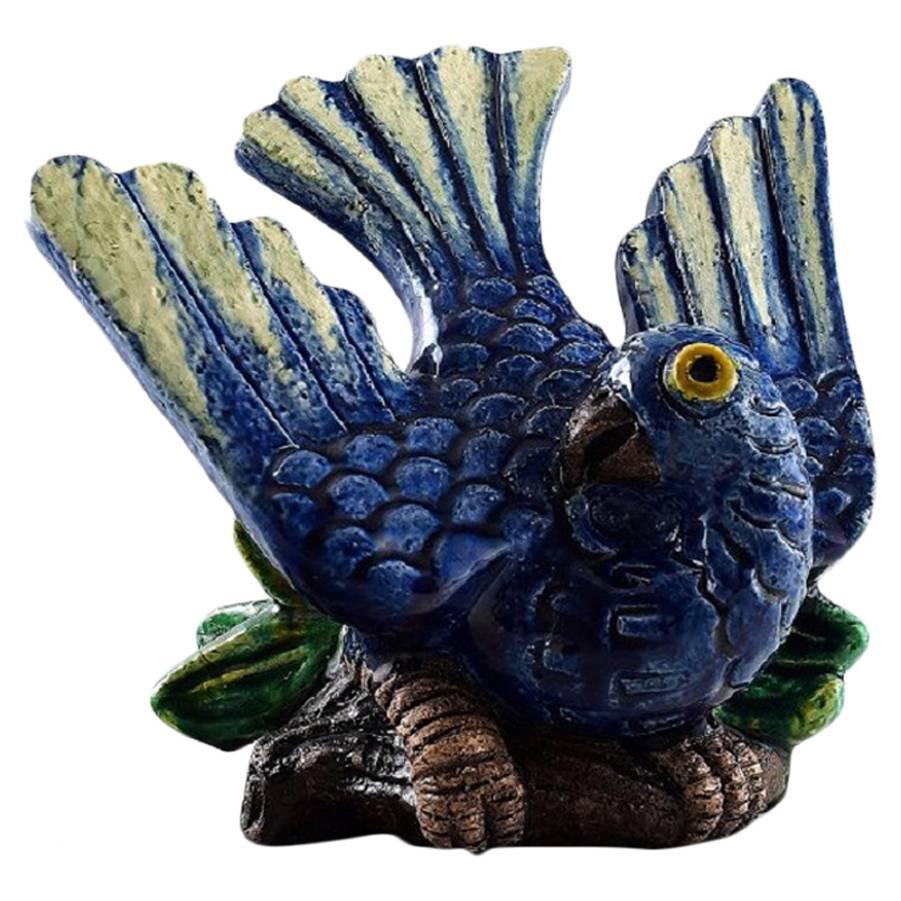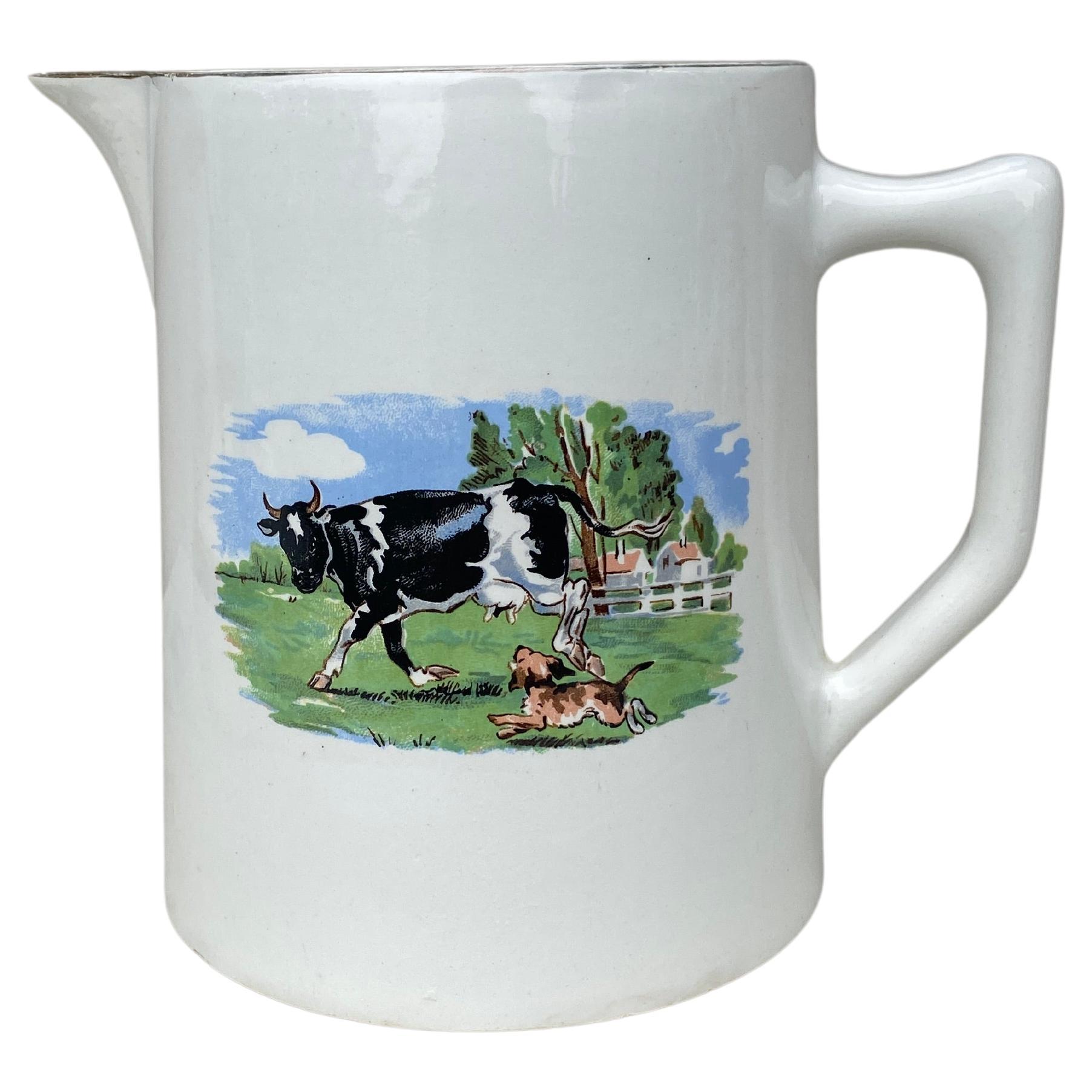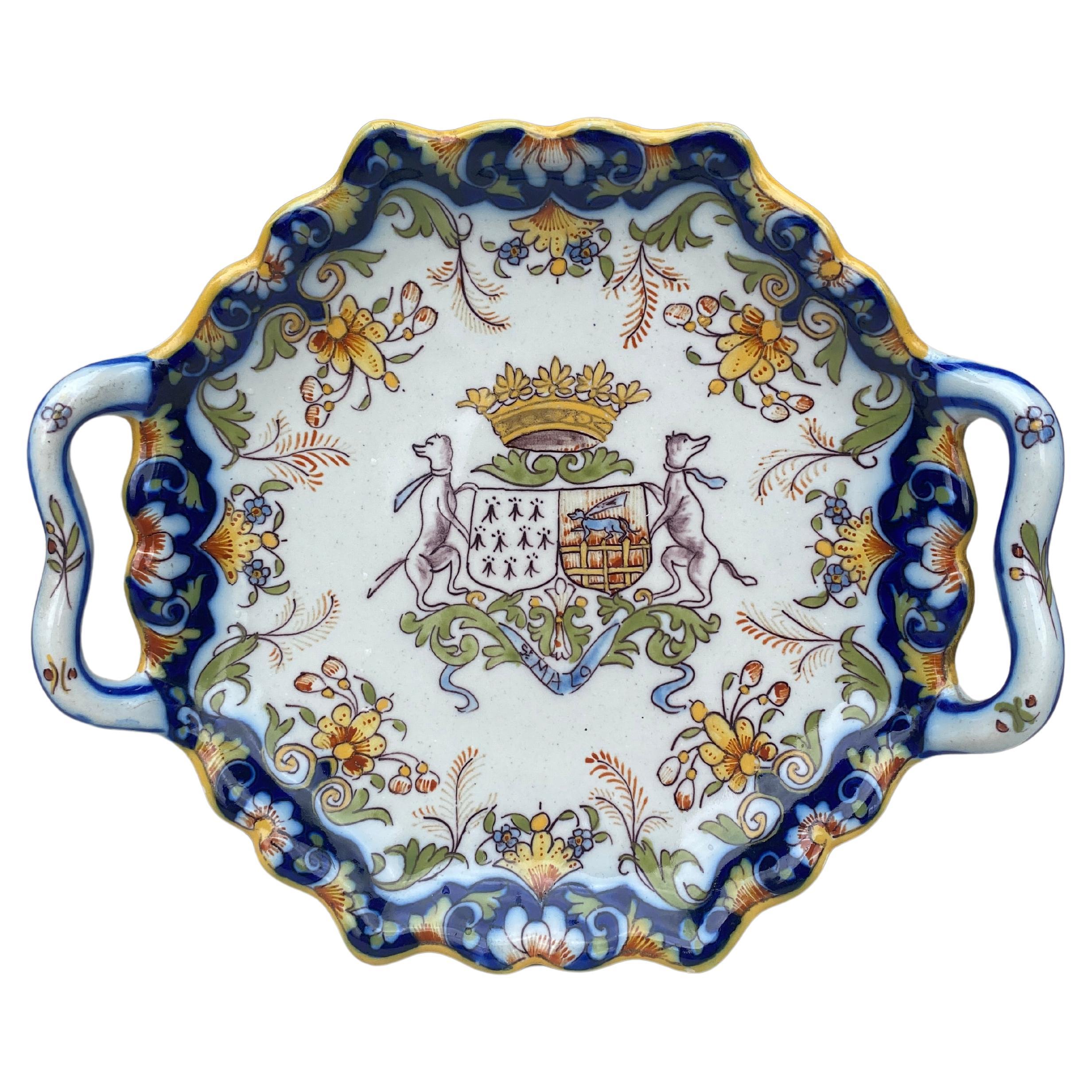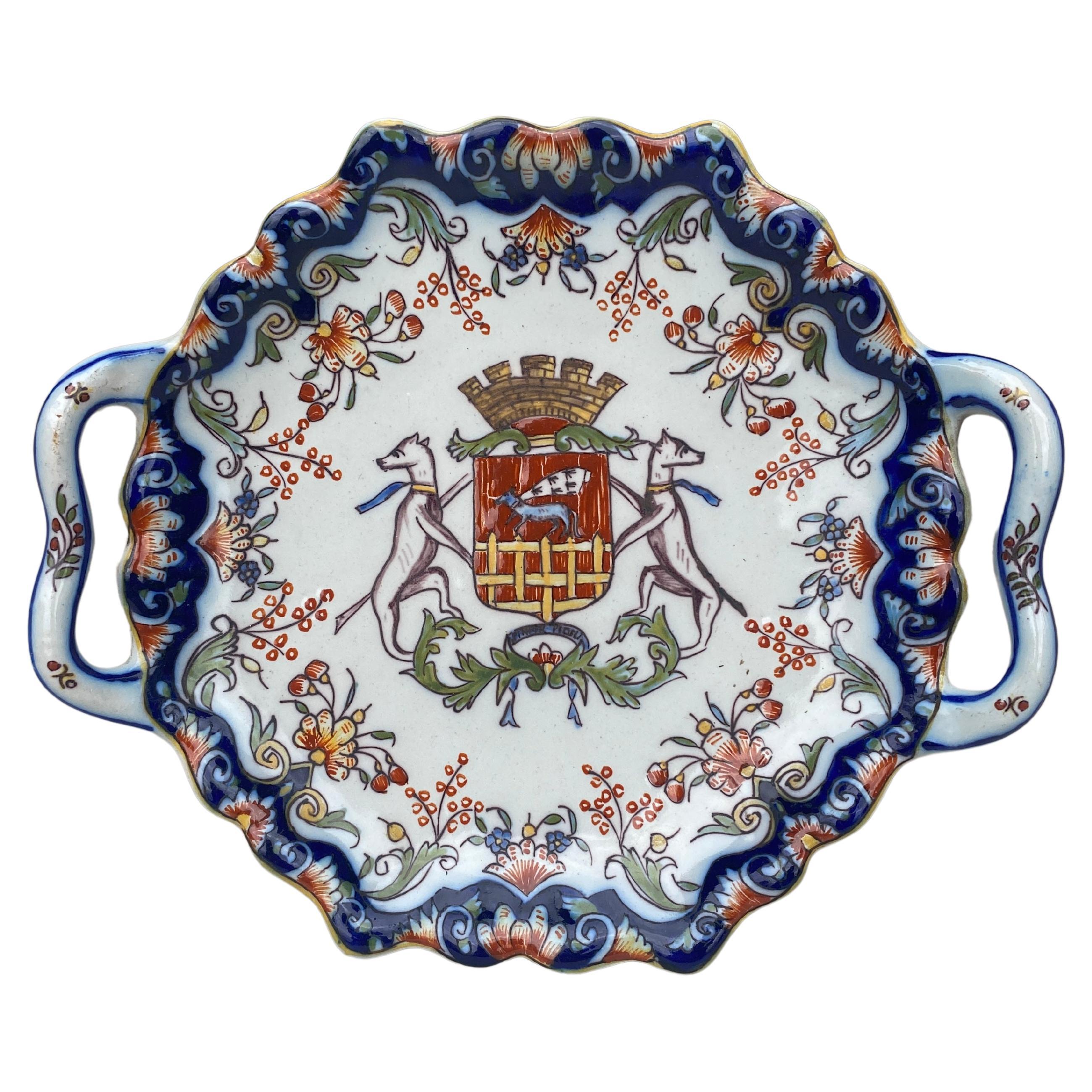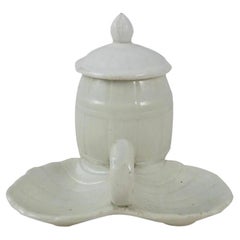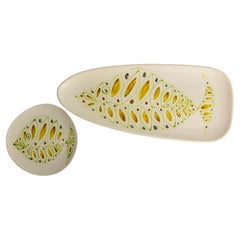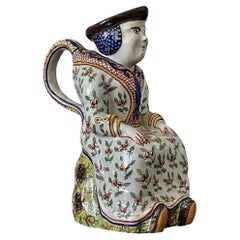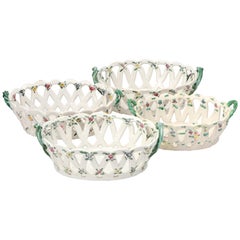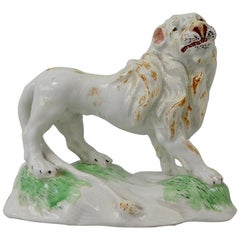
Rare Niderviller Faience Figure of a Lion, circa 1780, Count Custine Period
View Similar Items
1 of 12
Rare Niderviller Faience Figure of a Lion, circa 1780, Count Custine Period
$2,482.82List Price
About the Item
- Creator:Niderviller Porcelain Manufactory (Manufacturer)
- Dimensions:Height: 3.94 in (10 cm)Width: 4.73 in (12 cm)Length: 3.94 in (10 cm)
- Style:Louis XVI (Of the Period)
- Materials and Techniques:Faience,Fired
- Place of Origin:
- Period:
- Date of Manufacture:circa 1780
- Condition:
- Seller Location:Gargrave, GB
- Reference Number:1stDibs: LU4397119161122
Authenticity Guarantee
In the unlikely event there’s an issue with an item’s authenticity, contact us within 1 year for a full refund. DetailsMoney-Back Guarantee
If your item is not as described, is damaged in transit, or does not arrive, contact us within 7 days for a full refund. Details24-Hour Cancellation
You have a 24-hour grace period in which to reconsider your purchase, with no questions asked.Vetted Professional Sellers
Our world-class sellers must adhere to strict standards for service and quality, maintaining the integrity of our listings.Price-Match Guarantee
If you find that a seller listed the same item for a lower price elsewhere, we’ll match it.Trusted Global Delivery
Our best-in-class carrier network provides specialized shipping options worldwide, including custom delivery.You May Also Like
French White Faience Salt & Pepper Set Nidervillers, Circa 1900
By Niderviller Porcelain Manufactory
Located in Austin, TX
Antique French white ceramic salt, pepper, mustard set in a form of barrel signed Nidervillers, circa 1900.
Category
Antique Early 1900s French Rustic Serving Pieces
Materials
Ceramic
French Set of Two Fish Dishes in White Faience of Niderviller circa 1960
By Niderviller Porcelain Manufactory
Located in Labrit, Landes
Dishes set: long fish dish or centerpiece and plate, France Midcentury.
The two pieces were made in Niderviller Manufactury in the East of France.
The Niderviller manufactory is stil...
Category
Mid-20th Century French Mid-Century Modern Garniture
Materials
Faience
Early French Faience Figural Jug
Located in Charlottesville, VA
French Faience Figural Jug the unglazed underside with the 17th-century mark "F.C", possibly Marseilles, in the form of a woman seated upon a grassy mound, polychrome painted with a ...
Category
Antique 18th Century French Ceramics
Materials
Ceramic, Faience
Two Pairs of Italian Maiolica Baskets, circa 1780
By Antonio Ferretti
Located in Milano, IT
Two pairs of maiolica baskets
Antonio Ferretti Manufacture
Lodi, circa 1770-1790
Maiolica polychrome decorated “a piccolo fuoco” (third fire).
Measures: A) Height 3.54 x 6.69 x 9.84 in (9 x 17 x 25 cm);
B) Height 3.93 x 7.48 x 11.02 in (10 x 19 x 28 cm).
Total weight 4.85 lb (2.200 kg)
State of conservation:
A) One of the smaller baskets has some areas of restoration, the other slight chipping from use;
B) One of the larger baskets is intact and the other shows a clearly glued break.
The mold with which the baskets were forged simulates a wicker weave.
The two larger works have high, vertical walls, with branch-shaped handles penetrating the weave. The painted decorations, small polychrome flowers applied only externally, highlight the points where the weaves intersect.
The decision to leave the center of the basket devoid of decoration is highly unusual, but given the size and complexity of the shape, as well as the quality of the enamel, it is possible to hypothesize that it represents a precise choice in manufacturing or for a particular client.
The two smaller baskets have small, twisted handles and, on the outside, reproduce more decisively the characteristic wicker weave, obtained through thin molded lines. The interior exhibits a rich, typical decoration of naturalistic flowers: a bunch centered around a main flower and secondary stems accompanied by small “semis”. The exterior of these works is also adorned with small little flowers where the weaves intersect.
The size and morphological characteristics of the baskets confirm their attribution to the Lodi factory of Antonio Ferretti between 1770 and 1790, during its most successful period; by this point his original reworking of the "Strasbourg" decoration, known as "old Lodi", had achieved great fame even outside Italy.
This decorative choice represented a strong point of the Lodi factory, which established itself thanks to the vivid nature of the colors made possible by the introduction of a new technique perfected by Paul Hannong in Strasbourg and which Antonio Ferretti introduced in Italy. This production process, called “piccolo fuoco” (third fire), allowed the use of a greater number of colors than in the past; in particular, the purple of Cassius, a red made from gold chloride, was introduced. Its use allowed for many more tones and shades, from pink to purple.
The Ferretti family had started their maiolica manufacturing business in Lodi in 1725.
The forefather Simpliciano had started the business by purchasing an ancient furnace in 1725 and, indeed, we have evidence of the full activity of the furnaces from April of the same year (Novasconi-Ferrari-Corvi, 1964, p. 26 n. 4). Simpliciano had started a production of excellence also thanks to the ownership of clay quarries in Stradella, not far from Pavia. The production was so successful that in 1726 a decree of the Turin Chamber came to prohibit the importation of foreign ceramics, especially from Lodi, to protect internal production (G. Lise, La ceramica a Lodi, Lodi 1981, p. 59).
In its initial stages, the manufacture produced maolicas painted with the “a gran fuoco” (double fire) technique, often in turquoise monochrome, with ornamentation derived from compositional modules in vogue in Rouen in France. This was also thanks to the collaboration of painters like Giorgio Giacinto Rossetti, who placed his name on the best specimens next to the initials of the factory.
In 1748 Simpliciano made his will (Gelmini, 1995, p. 30) appointing his son Giuseppe Antonio (known as Antonio) as universal heir. After 1750, when Simpliciano passed away, Antonio was directly involved in the maiolica factory, increasing its fortunes and achieving a reputation on a European level. Particularly important was the aforementioned introduction in 1760 of the innovative “a piccolo fuoco” (third fire) processing, which, expanding the ornamental repertoire with Saxon-inspired floral themes, could commercially compete with the German porcelains that had one of its most renowned offerings in the naturalistic Deutsche Blumen. Antonio Ferretti understood and promoted this technique and this decoration, proposing it in a fresher and more corrective version, less linked to botanical tables...
Category
Antique 1770s Italian Neoclassical Ceramics
Materials
Maiolica
Charming French Faience Serving Bowl with Chinoiserie Figure
Located in Charlottesville, VA
18th century Continental, most likely French, Faience Earthenware Serving Bowl with fluted sides; hand painted vignette of a chinoiserie character with an umbrella flanked by images...
Category
Antique 18th Century French Ceramics
Materials
Faience
Set of Five Faience Knife Rests Desvres, circa 1890
By Desvres
Located in Austin, TX
Set of five knife rests signed Desvres, circa 1890.
Colorful with coat of arms and acanthus leaves.
Category
Antique 1890s French Country Ceramics
Materials
Faience
Recently Viewed
View AllMore Ways To Browse
18th C French Faience
Antique Masons Ironstone China
Masons Orange
Animal Ceramics
Mason's Ironstone On Sale
Ceramic Face Plate
Lisa Larson Sweden
Vintage Ceramic Mugs
Ceramic Trees
Majolica Green Leaf
Masons Patent Ironstone
Rose Canton Porcelain
Vintage and Fine White Ceramic Trays
Mason Ironstone Chinoiserie
Rose Mandarin
Hand Painted Mugs
Large Chinese Charger
White Ironstone
